Perched on a dramatic hill in southern Italy, the Norman Castle of Melfi tells a story that stretches back to the 11th century.
When I first wandered up to this fortress in Italia Meridionale, I couldn’t help but notice how it looms over everything—the ancient center and the newer neighborhoods alike.
This medieval masterpiece isn’t just the heart of Melfi’s history; it’s honestly one of the most striking castles anywhere in Southern Italy.
What sets Melfi apart is this wild mix of Norman architecture and volcanic land.
The castle rises from hills born of ancient eruptions, and that same soil is what gives the local Aglianico wines their bold personality.
As I explored, I realized how tightly these two worlds are woven together—the fortress stands for human ambition, while the volcanic wines speak for the earth itself.
Walking through Melfi feels like stepping into Frederick II’s world, but also like tasting the very ground under your feet.
I’d say you need at least a full day here to appreciate how the volcanic landscape shapes everything—the skyline, the food, and especially the wines.
There’s something about the way medieval power and volcanic vineyards collide here that you just won’t get anywhere else in Italy.
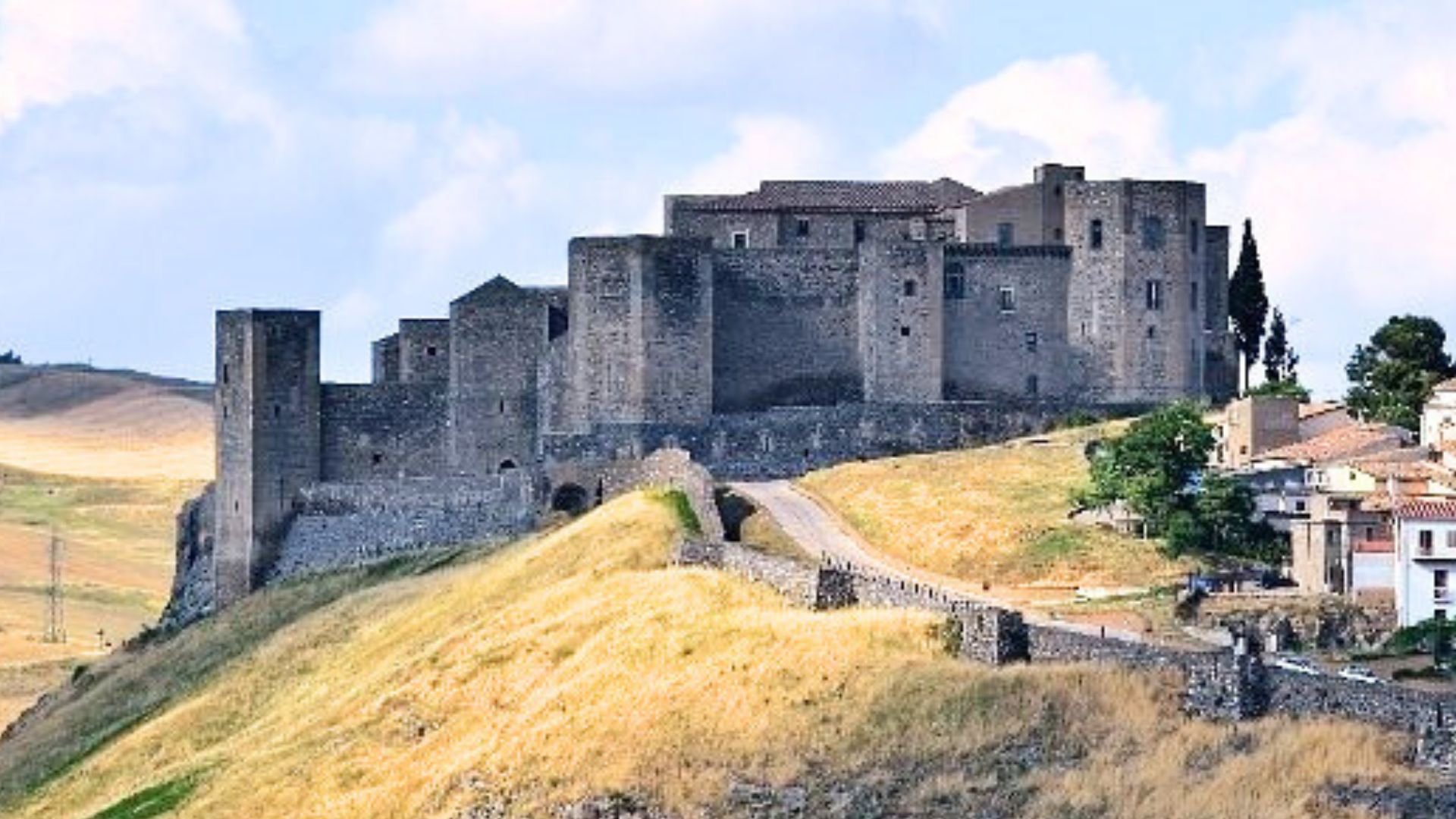
The Norman Fortress of Melfi: Majestic History Unveiled
The Norman Castle of Melfi stands tall as one of southern Italy’s most important medieval sites.
It has watched centuries of rulers come and go, always keeping its spot on the horizon.
Origins and Medieval Expansion
The story starts in the late 11th century when Norman conquerors set their sights on southern Italy.
Robert Guiscard, who led the Normans, saw Melfi’s strategic value at the crossroads of Campania, Apulia, and Basilicata.
He kicked off the construction of this fortress around 1089.
During the Età Normanna, Melfi became the first capital of the Norman South.
Five historic councils took place here between 1059 and 1101.
I was honestly surprised to learn that Pope Urban II launched the First Crusade from these very walls in 1089!
Roger II expanded the castle even more.
Archaeologists have uncovered how it grew from a basic defensive post into a grand symbol of Norman power.
Bits and pieces found here say a lot about daily life back then.

Architectural Marvels and Defensive Innovations
Walking around the castle now, I’m always amazed by its clever design.
Thick stone walls, huge towers, and a steep hillside made it nearly impossible to attack.
The builders used the landscape to their advantage.
You’ll notice the architecture mixes Norman military style with local building tricks.
Seven massive towers anchor the whole thing, each one a little different, showing off changes over time.
The central courtyard feels like a portal to another era.
Restoration work lately has uncovered some wild medieval engineering.
Water collection systems, storage rooms, and defensive spots all show careful planning.
Every part of the castle had a job—some practical, some just to show off the Normans’ power.
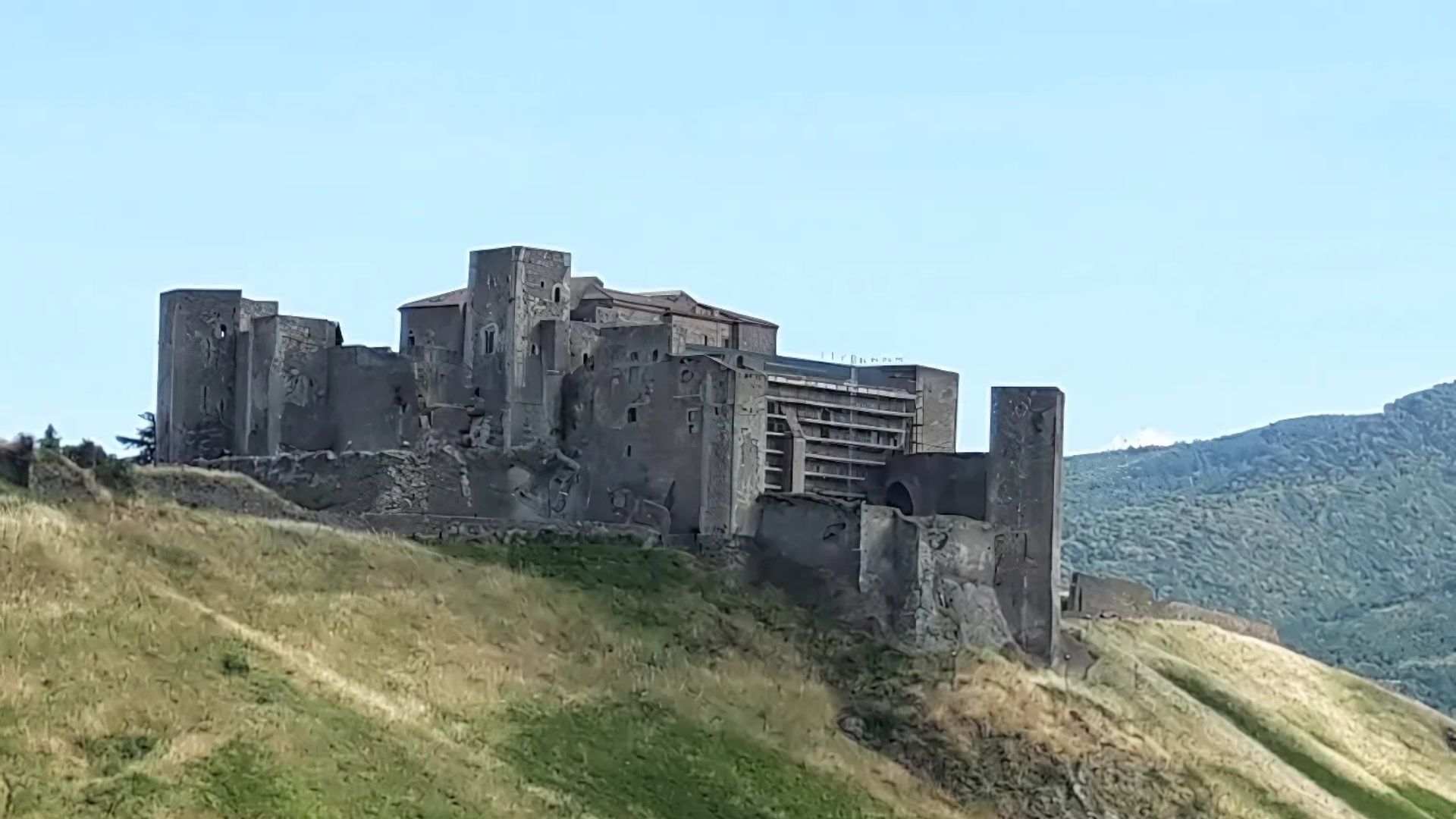
Epic Moments and Changing Rulers
So much has happened within these walls.
Frederick II of Swabia made major changes in the 13th century.
He turned Melfi into a key administrative center for the Norman-Swabian Kingdom of Sicily.
The castle passed from one ruler to another—Angevins, Aragonese, noble families—each leaving their mark.
At one point, it even became a prison, which is wild to think about!
Now, the castle is a National Monument and home to the National Archaeological Museum of Melfi.
Inside, you’ll find artifacts from the area—pieces from Christian churches and settlements that flourished under Norman rule.
Peter the Deacon wrote about the fortress often, showing just how central it was to medieval southern Italy.
This place is a patchwork of cultures and stories, and it still draws people in.
Volcanic Wines: Savoring the Flavors of Melfi
Melfi’s wine scene is all about its volcanic roots.
The mineral-rich land around Monte Vulture shapes local wines in ways you won’t find anywhere else.
Soils of Fire: How Monte Vulture Shapes Local Vineyards
The first time I strolled through Melfi’s vineyards, the dark, gritty soil caught my eye.
Monte Vulture, a volcano that’s been quiet for ages, left behind this unique earth.
Some vineyards here climb up to 4,200 feet above sea level.
That altitude, plus the volcanic soil, gives the grapes something special.
The ground is loaded with minerals—potassium, phosphorus, magnesium—all feeding the vines.
Winemakers here told me that’s why their wines have that salty, savory kick you just can’t fake.
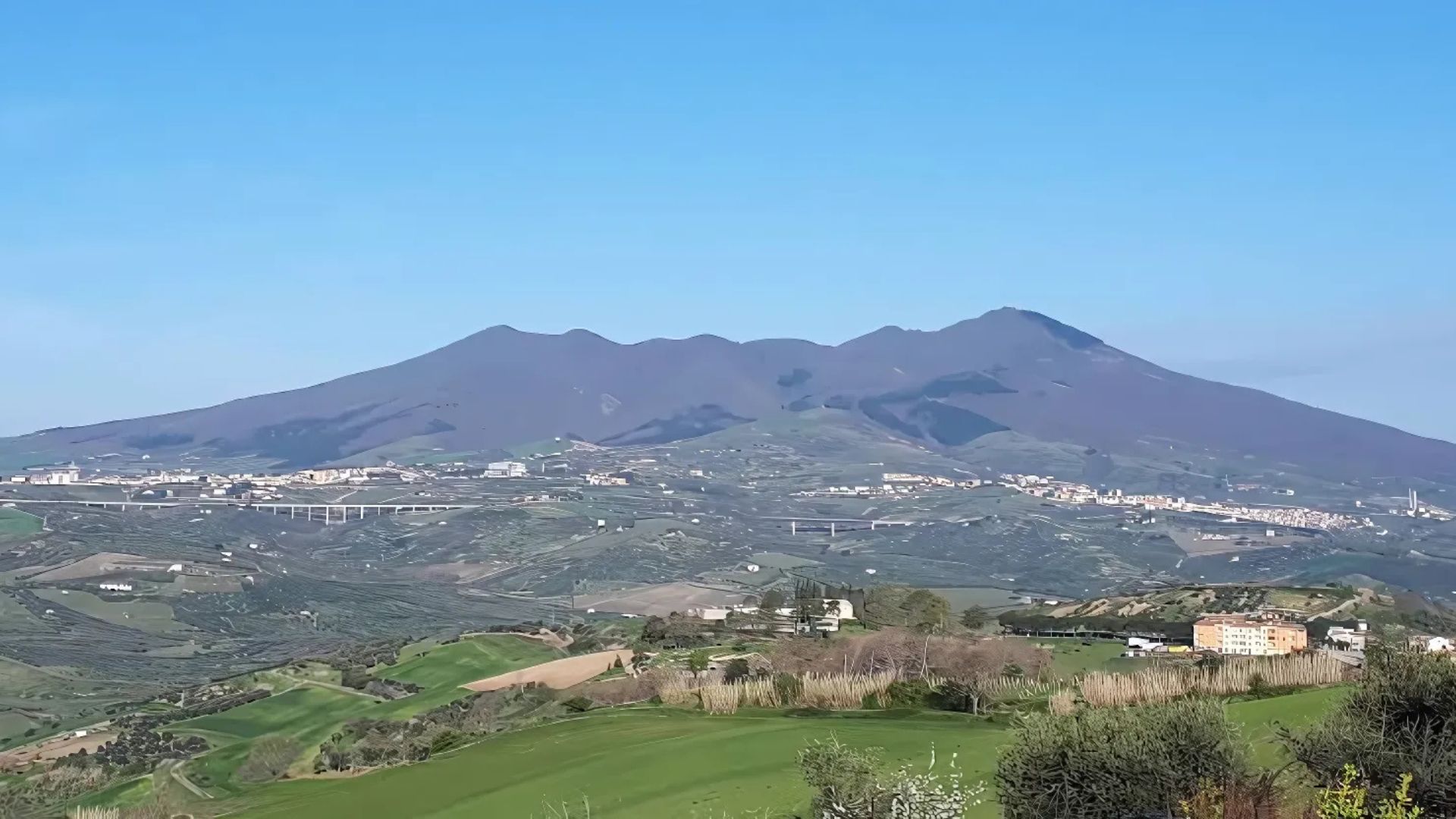
Aglianico del Vulture: The King of Basilicata Wines
Aglianico del Vulture is the headliner here.
At Melfi’s mercato, bottles of this deep ruby-red wine are everywhere.
This wine earned its DOC status, so it’s officially one of Italy’s greats.
It’s bold, with flavors of dark cherries, black pepper, and sometimes a hint of chocolate.
Unlike some wines that fade fast, Aglianico ages beautifully.
I tried bottles over ten years old that had layers of flavor but still tasted fresh.
And honestly, these wines are a bargain compared to anything from Tuscany.
They’re one of southern Italy’s best-kept secrets.
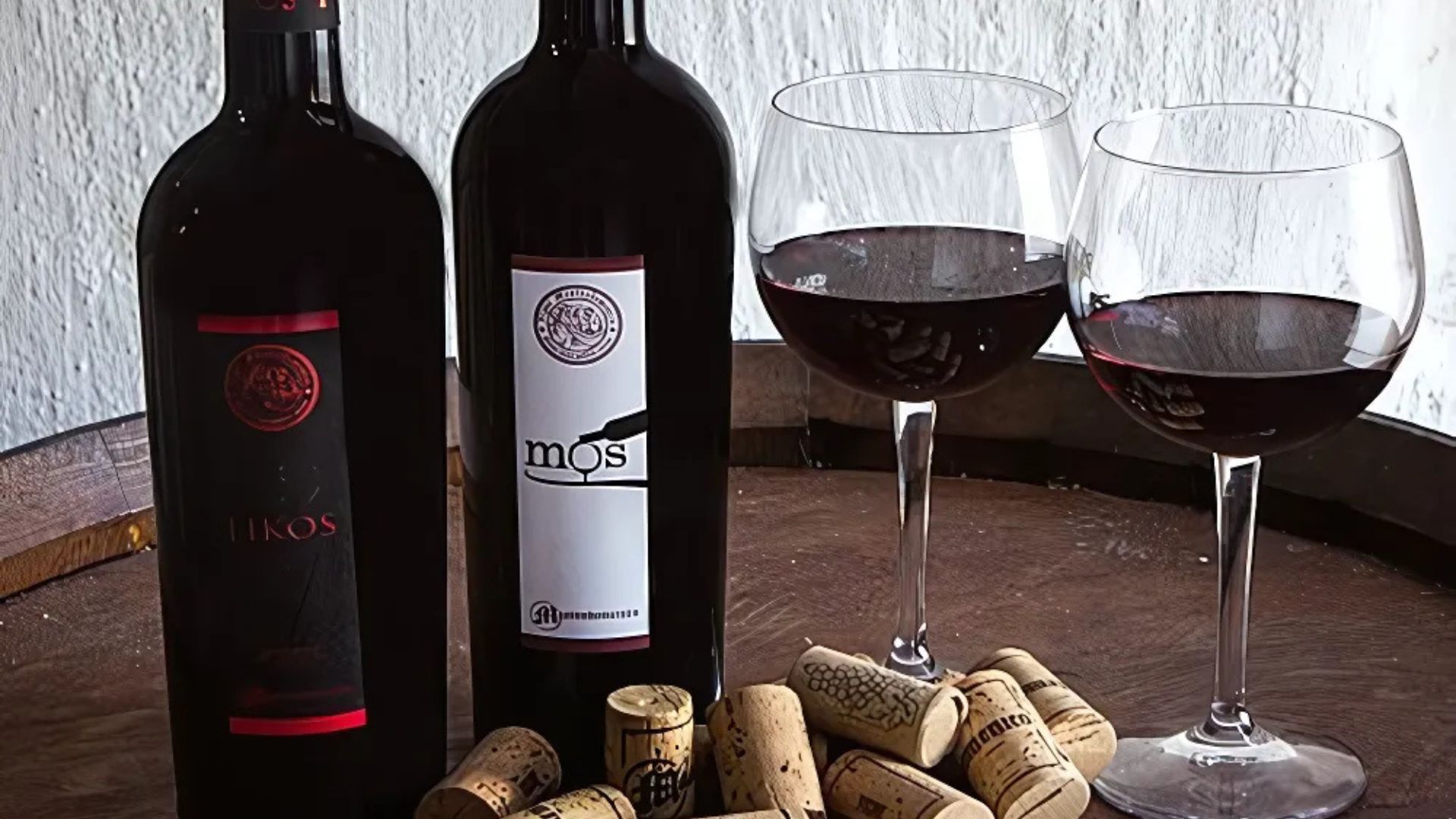
Tasting Traditions: Wine Routes and Cantina Experiences
If you want to get to know Melfi’s wine culture, start with the cantinas.
Family-run wineries here open their doors, share their stories, and pour generous tastings.
Most offer guided samplings, pairing Aglianico with local cheeses and cured meats.
The flavors together? Unforgettable.
You can follow the official “Aglianico Wine Route,” which links up several wineries around Monte Vulture.
The drive alone is worth it—the countryside is stunning, honestly rivaling the views near Vesuvius.
Many cantinas keep old-school methods alive.
Some even stomp grapes by foot during harvest festivals in September and October.
If you’re around then, don’t miss it.
Art, Culture, and Mosaic Heritage
Melfi’s artistic side is a wild blend of Norman, Arab, and Byzantine influences.
I’ve wandered through plenty of sites here that show off this mashup, from intricate mosaics to museum treasures.
Mosaics and Sacred Art in Norman Italy
Inside Melfi’s churches, the mosaics always stop me in my tracks.
They echo the grandeur of Sicily and Naples, but in a quieter, more intimate way.
Monreale and Palermo get all the fame for Byzantine-style decorations, but Melfi’s smaller churches hide their gems.
Norman art left its mark all over southern Italy, creating a style you won’t find up north.
I’ve spotted gold-leaf icons and carved ivory pieces that show off the region’s skill.
Some details remind me of the grand mosaics at Santa Lucia and San Martino, just on a more personal scale.
The artisan tradition here weaves together Roman roots and eastern Mediterranean flair.
Museums and Preserved Treasures
The Melfi Castle Museum has an impressive stash of artifacts from the area’s past.
I could spend hours checking out medieval tools, old weights and measures, and religious art that spans centuries.
What grabs me most is how these museums keep the story of everyday life alive, right next to the grand stuff.
One case shows crafts that haven’t changed in hundreds of years.
The Archaeological Museum digs even deeper, with pre-Norman treasures—Lucanian and Roman pieces that put everything else in context.
Give yourself at least a couple of hours to see it all.
Smaller museums around town focus on local heritage, from winemaking tools to festival relics.

Melfi as a Crossroads: Cultural Transmission and Global Influences
Melfi’s spot on the map made it a cultural crossroads, where ideas and traditions from all over the Mediterranean collided.
The Norman capital became a place where East met West, and that mix still lingers.
From Rome to Constantinople: Mediterranean Exchanges
As I walk through Melfi, I can almost feel the echoes from great cities like Rome and Constantinople.
The Normans built connections that transformed this town into an international stopover.
Merchants from Damascus, Antioch, and Cairo used to pass through, carrying goods and fresh ideas.
You’ll spot Egyptian touches in the old quarter’s architecture.
The Book of Roger, ordered by King Roger II, really captured this spirit—it was the first Mediterranean geography book that blended Islamic, Byzantine, and Western knowledge.
In markets and churches, I keep seeing motifs that must’ve traveled the same routes as silk and spices.
These cultural exchanges weren’t just for show—they changed how people here saw the world.
Travels, Textiles, and Everyday Life
The textile trade brought new colors and patterns to Melfi’s daily life.
Merchants from Lucca and Toledo introduced weaving techniques that locals quickly picked up.
I spotted knotted decorations on traditional clothes that look straight out of the Eastern Mediterranean.
They’re not just pretty—they tell stories about where people have been.
Inside homes in the old center, you’ll notice ceramics from Ortona sitting next to metalwork inspired by Siena.
The Itinerarium, a medieval travel guide kept in Melfi’s archives, maps out the routes pilgrims and merchants took.
It links Melfi to places like Ithaca and the port of Chiaja.
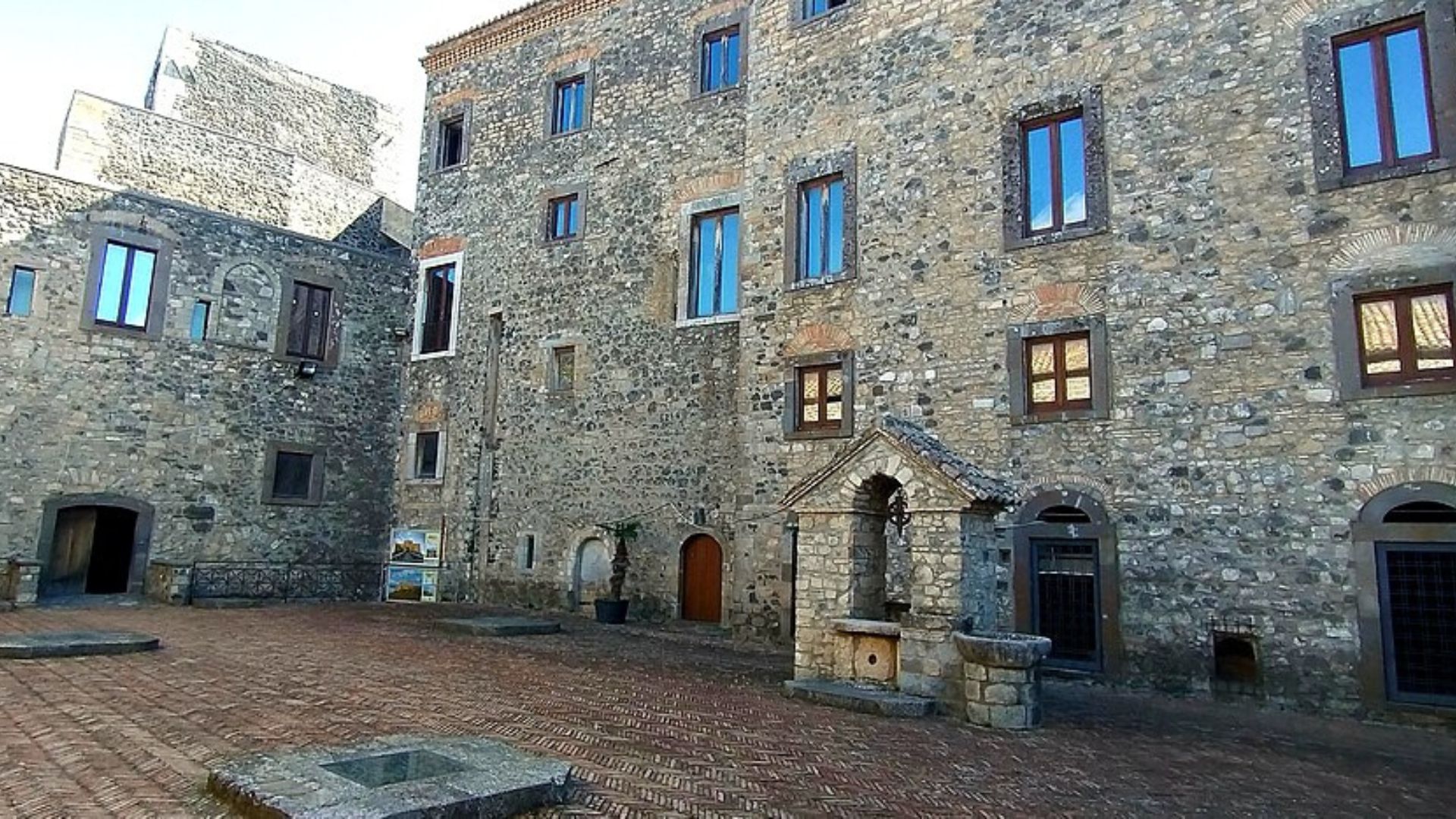
Chivalry, Crusaders, and Legendary Stories
Stories of crusaders and knights still echo through Melfi’s streets.
Local folklore keeps alive tales of Charles Martel and the civil wars that shaped medieval Europe.
I’ve spent afternoons listening to elders share legends—some about Jacobite travelers, others about mysterious Jacobins who brought new ideas.
William of Malmesbury’s chronicles, partly saved in Melfi’s library, show how chivalry arrived from France and changed local customs.
Knights from Melfi carried these ideals to the Holy Land.
Inside the fortress, you’ll find stone carvings of knights flying kites—a quirky symbol that mixes Norman military signals with Eastern pastimes.
It’s one of those details that sums up how Melfi took outside influences and made them its own.
Modern Discoveries and Living Heritage
Melfi keeps revealing new layers of its past, while local traditions tie visitors to its Norman and volcanic roots.
Archaeologists keep digging up fresh chapters, and festivals and culinary traditions keep the town’s spirit alive.
Archaeological Excavations and Historical Research
I was honestly surprised by just how much fresh information about Melfi has come out in the past few decades.
Archaeologists working near the Norman castle have dug up artifacts from as far back as Neolithic times. You’ll find similar finds scattered all over the Vulture-Melfese area.
When I stopped by last summer, I saw researchers busy documenting new sections of medieval walls that once guarded the city. It’s fascinating—recent archival work has shed more light on the Montecassino monks, who set up religious sites here in the 11th century with support from Hildebrand, the man who’d later become Pope Gregory VII.
All these discoveries help us see just how important Melfi was as a strategic crossroads.
Unlike the world-famous digs at Pompeii, Melfi’s archaeology digs into several layers of history, not just one dramatic moment frozen in time.
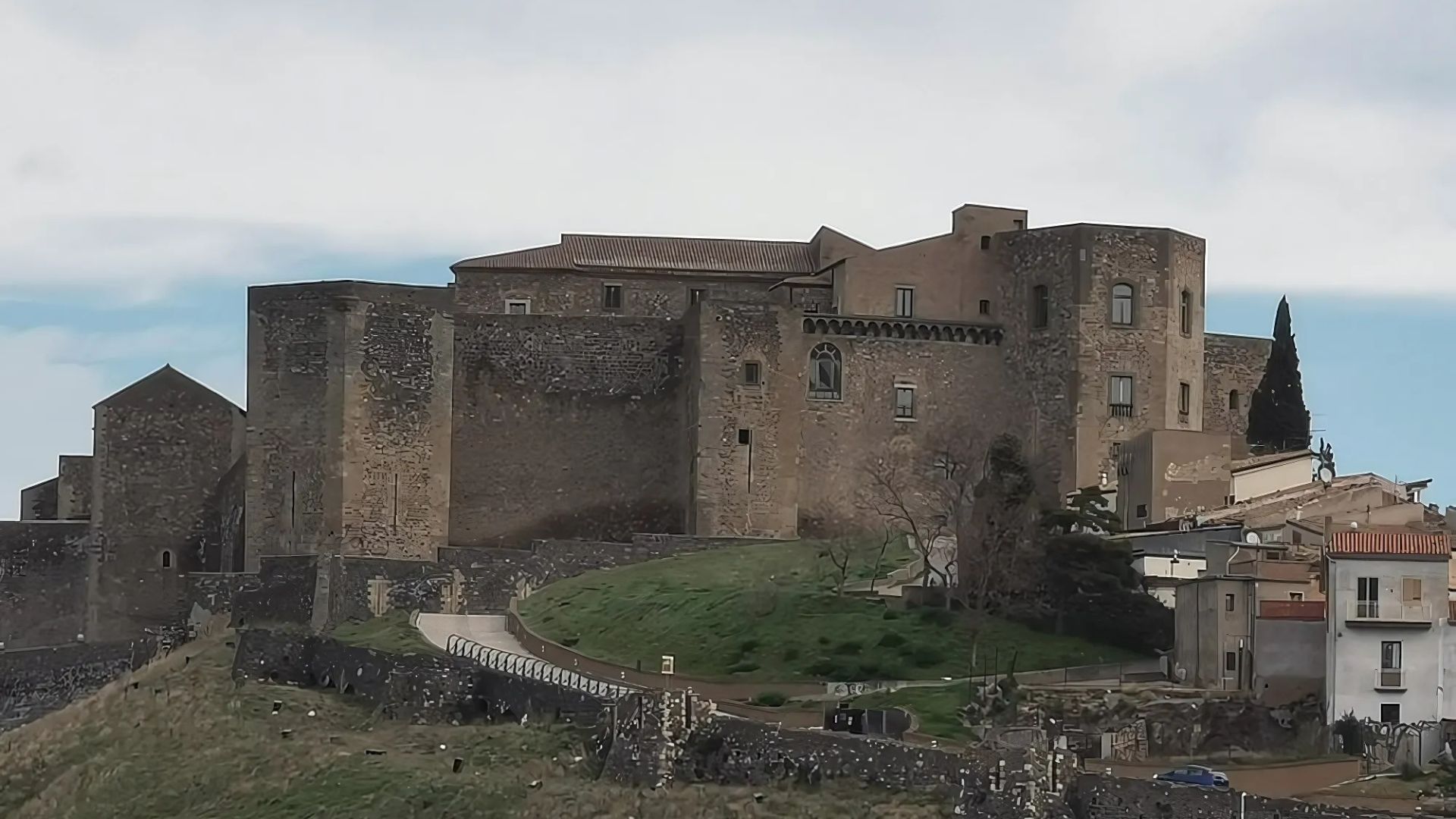
Festivals, Food, and Contemporary Life in Melfi
Every year, the Sagra del Vino Aglianico festival lights up Melfi. I always look forward to it—locals pour into the streets, raising glasses of volcanic wine and celebrating the region’s roots.
You can taste Melfi’s story in its food. People here mix hearty inland cooking with hints of the sea, thanks to Naples and the coast nearby.
I’ve sat down to plates of homemade pasta next to frutti di mare at family gatherings. It’s funny how food ignores borders, isn’t it?
Crafts still matter here. Artisans keep old skills alive, not just for tourists but for themselves and their neighbors.
Walk through the market and you’ll spot handmade goods right next to volcanic stone carvings. Some of those patterns? They go way back to the ancient Frentani.
Music weaves through daily life, too. Locals sing about the jackdaw, a bird you’ll spot flitting around the castle towers.
Every July, during the Festa della Madonna del Carmine, you’ll hear those songs echoing in the streets. It’s a sound that sticks with you.

